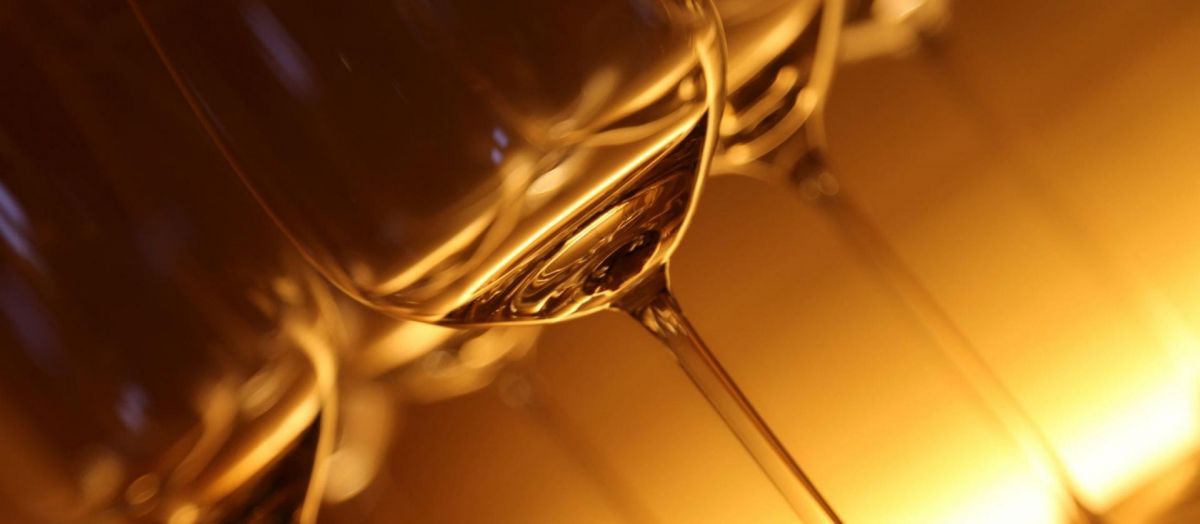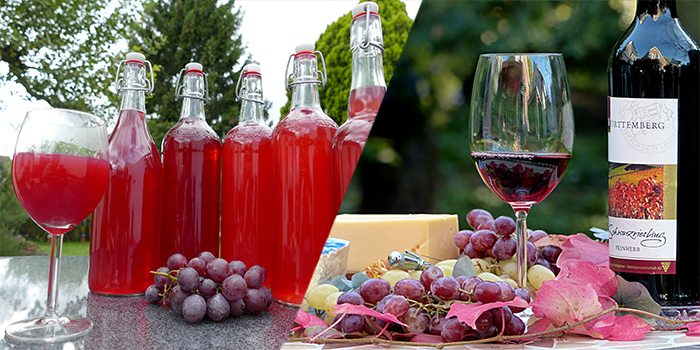Warehouse
Open from Jan 1st - July 10th 2026
Judging
Date
July 27, 2026
Winners
Announced
August 12, 2026

With health gurus promoting to renounce alcohol, consumers paying attention to their alcohol intake and the need for a tasty alternative to regular wine, alcohol-free wines have made their entrance worldwide and are getting more and more popular. We have a closer look at how these “wines” are obtained and if they can live up to wine trained palates.
Wine without alcohol? Sounds suspicious, but this bad boy has been sticking around for quite a while now and no matter how much “real” wine lovers despise the idea of drinking without. well...drinking, there is no end in sight for this healthy and, one has to admit, tasty alternative.
But what is alcohol-free wine? Is it grape juice in disguise, a diet drink or some fancy invention sold by health gurus?

Let's start with some facts: What exactly is alcohol-free wine? Is it the same as non-alcoholic or dealcoholized wine? Indeed, it is. All three of these terms can be used pretty interchangeably when referring to wine or beverages which have had the alcohol removed. Though the terms can have slightly different meanings depending on what they refer to and what country you are in, non-alcoholic, alcohol-free and dealcoholized all mean there is little to no alcohol in the wine.
To put it in simple words alcohol-free beverages are made by removing the alcohol from normal wine. There are various ways to do so: the first products were obtained via reverse osmosis or thin-film evaporation – both methods didn't only remove the alcohol but also changed the flavor and removed armoas. The breakthrough came with the method of dealcoholizing the wine under vacuum. When under vacuum alcohol starts evaporating at a temperature of only 27°C, not at 80°C like under normal conditions. That way even volatile flavors can be saved.
This technique was already invented by Dr. Carl Jung in 1908 and makes it possible to remove 100% of the alcohol. Today, most producers rely on this fuzz free method.
Now, if you take the alcohol out of wine, doesn’t that make it grape juice? Actually no, it’s a bit more complicated than that. In fact, making alcohol-free wine isn’t very different from making regular wine. First, the grapes are harvested, and the very moment the grapes are picked determines the acidity, sweetness, and flavor of the wine. Once the grapes are harvested, they are taken to the winery and sorted into bunches, with rotten or under-ripe grapes removed.
Then, the grapes are run through a destemmer, are crushed which increases the sanitation quality and longevity of the wine.
Next comes the fermentation process during which the sugar in the grape juice is converted into alcohol. The juice can start its fermentation process naturally within 6-12 hours when wild yeasts are in the air. However, most winemakers intervene and add commercial yeasts to ensure consistency. Fermentation continues until all of the sugar is converted into alcohol. For sweeter wines, winemakers will stop the process before all the sugar converts.
Non-alcoholic wine can even go through an aging process just like regular wine. Aging intensifies the flavors in the wine and can be done in a variety of different ways: from bottles to stainless steel tanks to oak barrels.
And this is actually what distinguishes non-alcoholic wine from grape juice. While grape juice is the unfermented juice sourced from grapes, non-alcoholic wine goes through the same fermentation and aging process as regular wine, only to have the alcohol removed at the last stages. This makes non-alcoholic wine much less sugary than grape juice and provides a real wine flavor.
So when in the process is the alcohol actually removed? It happens just before the wine is about to be bottled.
So before turning up our nose against alcohol-free wine, thinking of it as some chemical, artificially obtained drink, we should consider the fact that it is basically done in the same way as regular winemaking – in a unique and beautiful process, taking the process a step further to make a product that is available to a wider variety of consumers.
But how do these wines – dry reds, whites, sparkling and even sweet perform? And do they really provide the full flavor of regular wines?
Some countries allow putting the grape variety and vintage on the label, which at first sight makes perfect sense if you want to target regular wine drinkers. But - who knows about wines will no doubt also know about the fact that alcohol transports flavor. So usually it is very difficult to recognize the character of a particular grape in alcohol-free wine. And the expectation that naming the grape creates usually ends in disappointment.
The conclusion can only be that alcohol-free wine must be seen as a really totally different drink from regular wine when it comes to flavor.
Who decides to drink it should be aware of this. It is a good alternative for people who cannot drink for medical or religious reasons but unlike alcohol-free beer, it cannot offer the complete tasteful pleasure for wine lovers.
And maybe it doesn't even want to. Because what we see today is that this industry purposely caters to a completely different clientele - the non-wine drinker – and it is aware of the fact that it is a niche product that only plays a very small role in the wine industry.
Grow your wines in the off-premise channels of the USA. The Early Bird submission deadline is February 20, 2026, and the domestic submission deadline is June 30, 2026. Here is how to enter.